Expansion of Telehealth Services
The expansion of telehealth services is emerging as a significant driver for the Healthcare Games Simulation Market. As telehealth becomes more prevalent, there is a growing need for training tools that can effectively prepare healthcare professionals for remote patient interactions. Simulation games can provide valuable training experiences that mimic telehealth scenarios, allowing practitioners to develop the necessary skills for virtual consultations. This trend is likely to continue, with the telehealth market projected to reach 55 billion USD by 2027. The increasing reliance on telehealth services underscores the importance of effective training, thereby driving demand for simulation-based solutions. Consequently, the Healthcare Games Simulation Market is expected to grow in response to this evolving landscape.
Increased Investment in Healthcare Education
The Healthcare Games Simulation Market is witnessing increased investment in healthcare education, which is a crucial driver of market growth. Governments and private organizations are allocating more resources to enhance the training of healthcare professionals. This investment is aimed at improving the overall quality of healthcare services and ensuring that practitioners are well-equipped to handle complex medical scenarios. The market for healthcare education is projected to grow at a rate of approximately 12% annually, reflecting the rising recognition of the importance of effective training. As educational institutions and healthcare organizations invest in simulation technologies, the Healthcare Games Simulation Market is likely to see a corresponding increase in demand for innovative training solutions.
Technological Advancements in Simulation Tools
Technological advancements are playing a pivotal role in shaping the Healthcare Games Simulation Market. The integration of cutting-edge technologies such as artificial intelligence, augmented reality, and machine learning is enhancing the realism and effectiveness of simulation games. These advancements enable the creation of more interactive and engaging training environments, which are essential for effective learning. For instance, AI-driven simulations can adapt to the learner's pace, providing personalized training experiences. The market is expected to witness a compound annual growth rate of around 15% over the next few years, driven by these technological innovations. As healthcare organizations increasingly adopt these advanced tools, the Healthcare Games Simulation Market is likely to expand significantly, offering new opportunities for both developers and users.
Rising Demand for Innovative Training Solutions
The Healthcare Games Simulation Market is experiencing a notable surge in demand for innovative training solutions. Healthcare professionals are increasingly seeking advanced methods to enhance their skills and knowledge. This trend is driven by the need for effective training that can simulate real-life scenarios, allowing practitioners to practice without risk. The market for healthcare simulation is projected to reach approximately 2.5 billion USD by 2026, indicating a robust growth trajectory. As healthcare systems evolve, the integration of simulation games into training programs appears to be a strategic response to the complexities of modern medical practice. This demand for innovative training solutions is likely to propel the Healthcare Games Simulation Market forward, fostering the development of more sophisticated and immersive training tools.
Growing Emphasis on Patient Safety and Quality of Care
The Healthcare Games Simulation Market is significantly influenced by the growing emphasis on patient safety and quality of care. Healthcare institutions are increasingly recognizing the importance of training that prioritizes these aspects. Simulation games provide a safe environment for healthcare professionals to practice critical skills, thereby reducing the likelihood of errors in real-life situations. According to recent studies, effective simulation training can lead to a 30% reduction in medical errors. This focus on safety and quality is likely to drive investments in simulation technologies, as organizations strive to enhance their training programs. Consequently, the Healthcare Games Simulation Market is expected to benefit from this heightened awareness, leading to increased adoption of simulation-based training solutions.
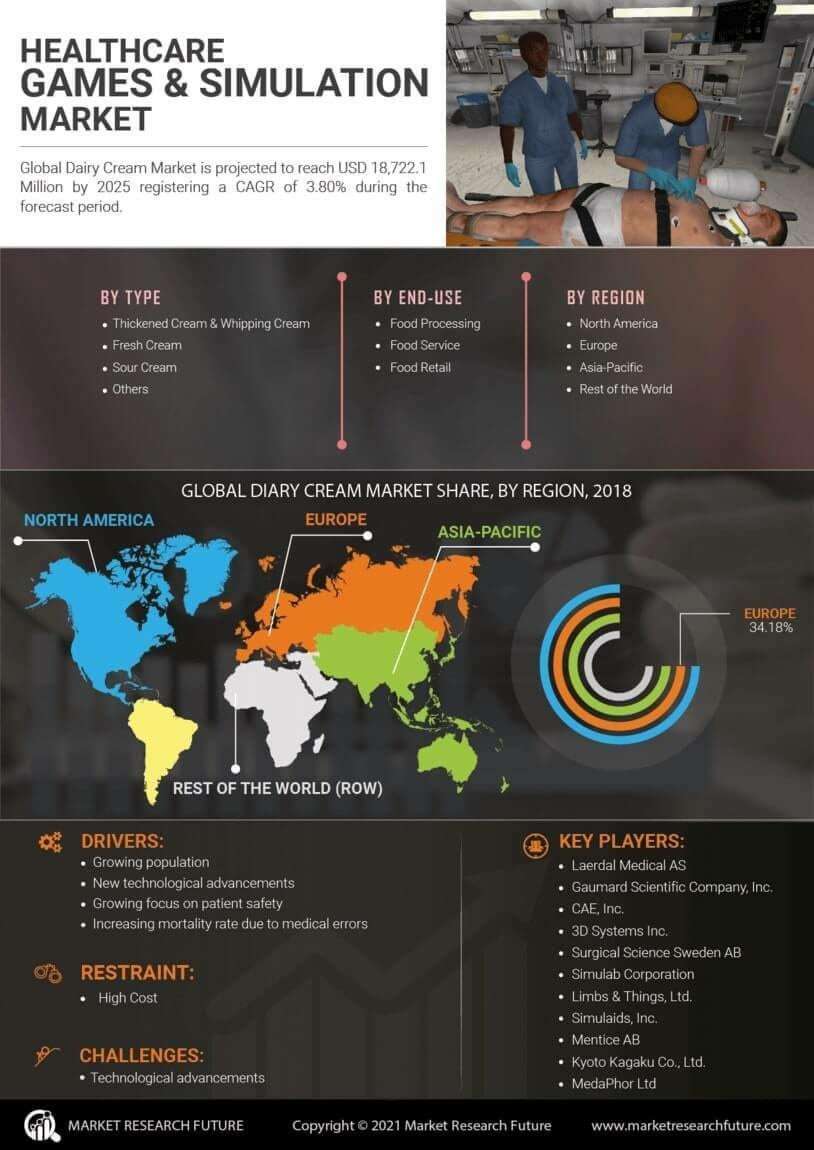

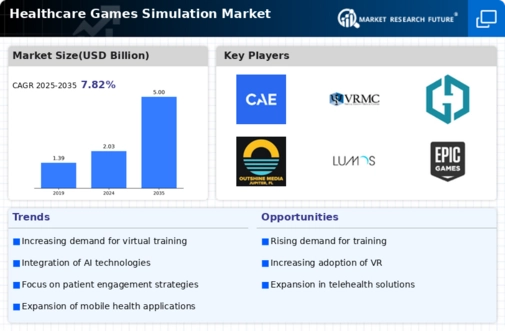


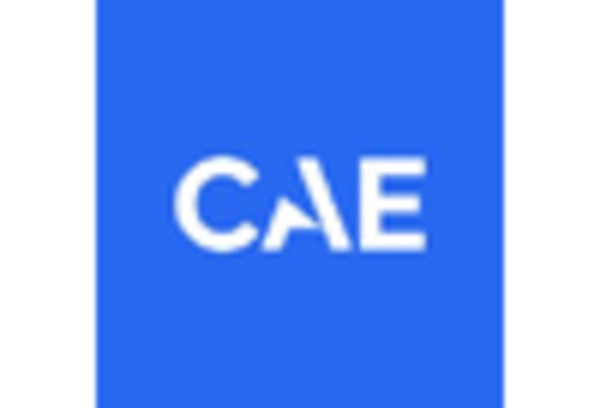
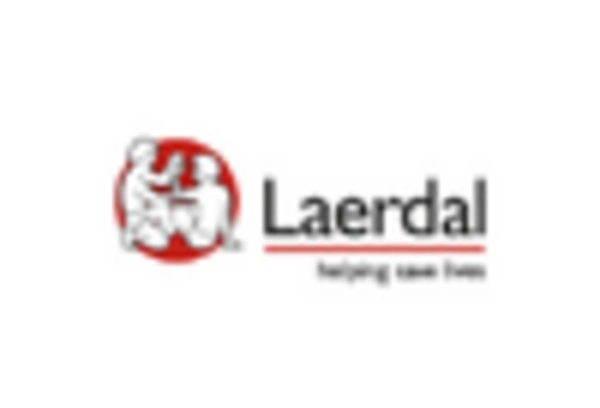
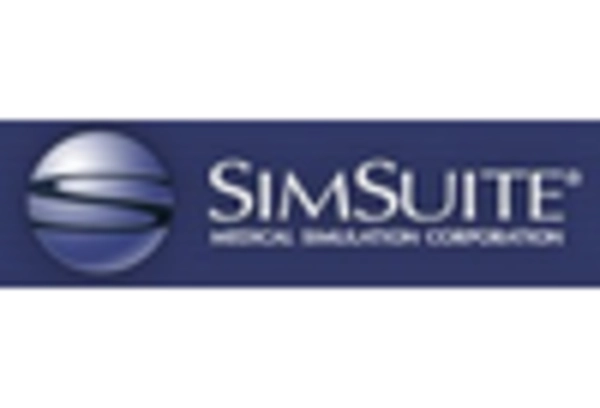










Leave a Comment